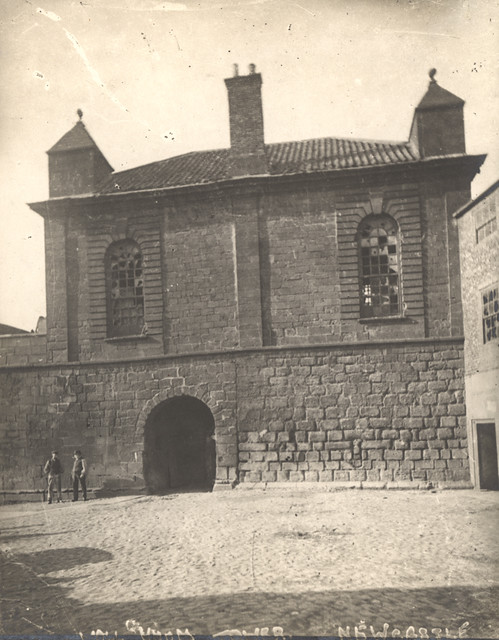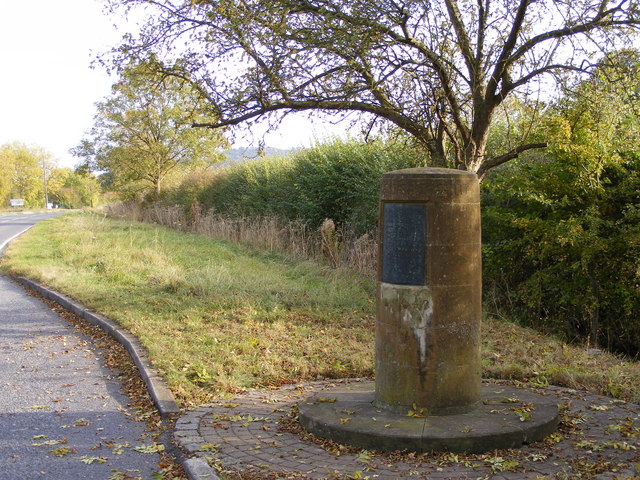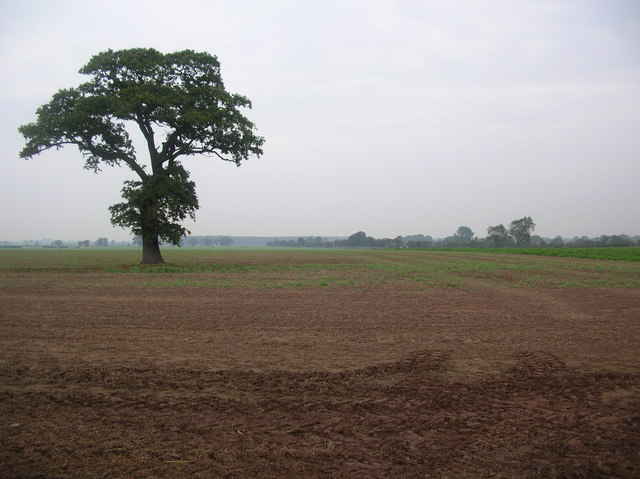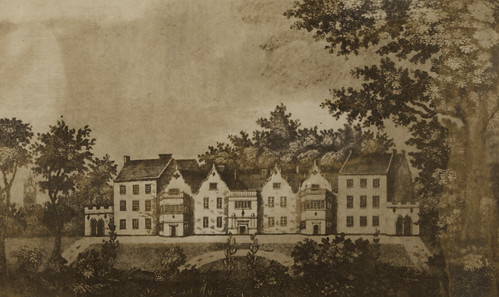When you look at reports of English phantoms, tales of Civil War ghosts are some of the most common. Haunting battlefields, pubs, castles, and former military sites prove popular locations.
In Newcastle, we even have stories of a ‘spinning’ Cavalier. The ghost rises to the ceiling inside Sallyport Tower, revolving as he goes. Some believe he climbs an old spiral staircase that no longer exists. Other tales say he gazes out of the window at sunset (Histon 2000: 18).

It’s unsurprising. Three separate civil wars make up the English Civil War, from 1642-46, 1648-49, and 1649-51. Historical records count 84,830 war dead but estimates usually place the figure much higher. That makes a lot of death in a relatively short period.
On one side were the Cavaliers, Royalist forces supporting the King. On the other side were the Parliamentarians, led by Oliver Cromwell. Even though the conflict led to the trial of King Charles I as a traitor, the Royalist forces continued to fight after his execution.
So let’s go and visit a couple of sites that boast tales of Civil War ghosts!
The Ghostly Re-Enactment of Edgehill
The Battle of Edgehill took place on 23 October 1642. It was the English Civil War’s first major battle, involving almost 30,000 soldiers. It was a hard-fought battle but inconclusive. No one really ‘won’ since both the Parliamentarians and Royalists withdrew. Yet the subsequent haunting is the only one recognised by the British Public Record Office because the Royalist officers recorded the ghost sighting after the battle (Loxton 2020).

By Christmas, shepherds reported hearing drums and groaning soldiers in the early hours of the morning. The noises approached them, causing the shepherds to understandably run away. Sadly, it didn’t help, because a vision of spectral armies filled the sky. At this point, they were so terrified they actually stayed put for three hours, frightened that the dead soldiers might chase them. Eventually, the phantom armies vanished, and the shepherds fetched a minister and a justice of the peace. These rumours reached Charles I, who commissioned the report to investigate them (Loxton 2020).
More sightings of the spectral battle followed, and Charles’ officers found they could even identify fallen comrades among the ghostly soldiers (Simpson 2006: 750). The officers considered the sightings a bad omen, surely a sign of God’s displeasure for the outbreak of a civil war.

The villagers in nearby Kineton hoped to stop the dreadful apparitions by giving all the battlefield corpses a Christian burial. Three months after the battle, the visions seemed to stop (Johnson). That said, even modern people have heard strange sounds of cannons, thundering hooves, or battle cries in the dead of night—especially around the anniversary (Johnson). According to Jacqueline Simpson and Jennifer Westwood, people have seen a phantom white horse near where some of the soldiers were buried (2006: 750).
The Haunted Battlefield of Marston Moor
Edgehill is far from the only haunted battlefield related to the English Civil War. Marston Moor boasts ghosts before and after the battle. On the night before the battle, people reported seeing a ghostly army marching over Helvellyn in Cumbria (Simpson 2006: 133).
On 2 July 1644, the Parliamentarians, led by Lord Fairfax and the Earl of Manchester, clashed with the Royalists, led by Prince Rupert, on Marston Moor. The Royalists originally intended to liberate the Marquess of Newcastle, held under siege by the Parliamentarian forces in York. They achieved their aim but Prince Rupert tried to engage the Parliamentarians the following day.
The timing couldn’t have been worse; an evening thunderstorm provided the backdrop to the Royalist defeat. Reports estimate that 4,000 Royalists died, while only 300 Parliamentarians lost their lives. Many consider Marston Moor as one of the most violent battles on English soil.

The survivors buried the dead in mass graves. Such an internment – without the appropriate rituals and on unconsecrated ground – worried locals. According to religious thought of the day, only those buried in consecrated ground during an appropriate ceremony could enter Heaven. The conditions condemned the Marston Moor war dead to walk the earth for eternity.
Which brings us to the tales of Civil War ghosts on Marston Moor.
William Camidge, a late 19th-century historian in York, discussed bloodstained soldiers rampaging around the Marston Moor area. Another tale involved a headless officer astride a phantom horse. His search for the battle always ended in disappointment (Roberts 2014). Sadly, such tales come from local folklore. Few firsthand accounts detail the sightings by actual witnesses.
That said, another writer, Sir Ernest Bennett, preserved one of these witness reports. In 1932, two friends drove across the moor one evening. They noticed three men walking along the road, clad in dark cloaks and leggings, wearing large hats. Such a description matches the Cavalier uniform of the day. They vanished by the time the car came to pass them. The two men left the car to look for the strangers but found no sign. Bear in mind the moor is mostly flat so it offers few hiding places (Roberts 2014).

In 1968, a group of tourists drove around the area looking for the Wetherby road. They noticed a group of men walking in a ditch. The tourists recognised their garb as that of the 17th century but assumed they were actors. Locals later put them right, telling them about the battle (Roberts 2014). I can only imagine how they felt to learn the truth!
Civil War Ghosts at a Manchester pub
It’s difficult to find a pub in England that doesn’t seem to have a resident ghost of some description. York is knee-deep in pub spirits – literally. The Old George Inn in Newcastle was apparently a favourite destination of King Charles I, and one of the seats still bears his name.

But the Ring o’ Bells in Middleton, Greater Manchester, tells more stories than most. Many believe the foundations of the pub date back to Saxon times. Some legends even tell of a Druid temple on the site. During the Middle Ages, monks used it as a refectory.
And what about Civil War ghosts? Landlords report seeing an unhappy Cavalier both inside and outside the pub. Nicknamed Edward, he often manifests through the sound of footsteps on the stairs or other unexplained noises. Customers report feeling a heavy hand on their shoulder. When they turn around, no one is there (Trott 2019).

Much of the activity focuses on the snug above the cellar. According to local legend, the Cavaliers plotted against the Parliamentarians in this very room. One seat in the room was even called the Cavalier’s Seat, and paranormal investigators found the area to be colder than the rest of the room (Becky 2015).
Not all of Edward’s appearances are benign. In 1972, an unseen presence threw a stone at the landlord in the cellar. He’d also seen a glass move by itself in the bar.
Local tales speculate Edward was the son of the Lord of Stannycliffe. Betrayed by a spy, he found himself trapped in the pub. Parliamentarians cut him to pieces in the cellar and dumped him under the floor. While helmets and pikes were found under the cellar stones, no human remains have (yet) been found (Becky 2015).
King Charles I in Newcastle upon Tyne
Parliamentarian forces defeated King Charles I at Newark in 1646. He was taken to Newcastle upon Tyne, where he spent ten months held captive in the grand house, Anderson Place. It no longer exists, and a branch of Lloyds bank stands on the site on Grey Street. During his time there, his captors allowed him to play golf in nearby Shieldfield (Histon 2000: 17).

According to legend, he escaped from Anderson Place in a boat. Much like the many rivers of London, the streams of Newcastle are now underground. But at the time, boats could sail up the Lort Burn as high as Low Bridge.
His escape attempt failed and his captors recovered him at Sandhill. He allegedly haunts the Quayside, searching for his rescue ship (Histon 2000: 17).
Trinity House, also on the Quayside, also boasts sightings of the spectral monarch. The tale claims he hid in a cellar below the chapel. Much of the income to pay for the war came from taxing coal leaving Newcastle. The story alleges he watched for ships to count his share while he waited (Histon 2000: 18).
And on certain nights, his ghost walks the corridors of Trinity House. One man kept a vigil all night after a spate of robberies. While no live intruders bothered him, the doors kept opening and shutting on their own. Was it King Charles I?
A violent period like the English Civil War is bound to leave a mark.
In this case, plenty of stories of Civil War ghosts. These only scratch the surface of the volume of tales available. Many of the tales appear again and again in different locations. It also helps that their uniforms are so recognisable, making it easier for witnesses to ‘date’ the ghosts in the correct period. While knowledge of the Civil War fades, perhaps the ghosts will not…
Indeed, a Cavalier ghost is one of the protagonists in my 5*-rated supernatural mystery novel, The Stolen Ghosts!
If you enjoyed this post, sign up below to get future articles straight in your inbox every week. I’ll also send you a free guide exploring old methods and superstitions people used for protecting their homes!
References
Histon, Vanessa (2000), Nightmare on Grey Street: Newcastle’s Darker Side, Newcastle upon Tyne: Tyne Bridge Publishing.
Johnson, Ben (no date), ‘Phantom Battle of Edgehill’, Historic UK, https://www.historic-uk.com/HistoryUK/HistoryofEngland/Phantom-Battle-of-Edgehill/.
Keane, Becky (2015), ‘Ghostly Cavalier’s Footsteps Heard at Ring O Bells Pub in Middleton’, The Spooky Isles, https://www.spookyisles.com/ring-o-bells-pub-middleton/.
Loxton, Alice (2020), ‘The Most Haunted Battlefield in English History: The “Visions of Horror” at Edgehill’, History Hit, https://www.historyhit.com/the-most-haunted-battlefield-in-english-history-the-visions-of-horror-at-edgehill/.
Roberts, Kai (2014), ‘Do ghosts still haunt the battlefield of Marston Moor?’, The Spooky Isles, https://www.spookyisles.com/battlefield-of-marston-moor-ghosts/.
Simpson, Jacqueline and Jennifer Westwood (2006), The Lore of the Land: A Guide to England’s Legends, from Spring-heeled Jack to the Witches of Warboys, London: Penguin.
Trott, Tim (2010), ‘Ring O’ Bells Pub’, Lonewolf Online, https://lonewolfonline.net/ring-o-bells-pub/.
Nutty about folklore and want more?
Add your email below and get these posts in your inbox every week.
You'll also get my 5-step guide to protecting your home using folklore!








My stepfather was and a die hard no nonsense Royal Marine total skeptic very introverted. But one day he actually admitted he had seen something when he was younger when he was a young Marine he was traveling home to his mums he lived in York then. And alongside his car when he was passing one of the battlefields in the York area (I don’t remember the field name he gave) a cavellier on a mounted horse appeared alongside him for a bit then disappeared. He always kept quiet about it and only slipped up telling the story once or twice. We wonder if him being a royal marine had any affinity to it appearing to him?
It’s entirely possible. He might have been more attuned to military spectres.
Not a folkloric reference, but in the Alexandre Dumas’ sequel to ‘The Three Musketeers’ (‘Twenty Years After’) D’Artagnon et al visit Newcastle in a failed attempt to rescue Charles.
Now I need to read that!
Sorry, I don’t write very well because of my stroke a several years ago, but this was very good. I am very happy King Charles I won. Thank You Very MUCH, Icy!!😘🥰😊👏
My pleasure!